
views
Drawing a 3D Sphere

Make a circle using a pen or pencil. Draw the circle so it's as wide as you'd like the sphere to be. Press lightly so you can easily go back and shade in the sphere. For a little help drawing a circle, trace something round or use a compass.
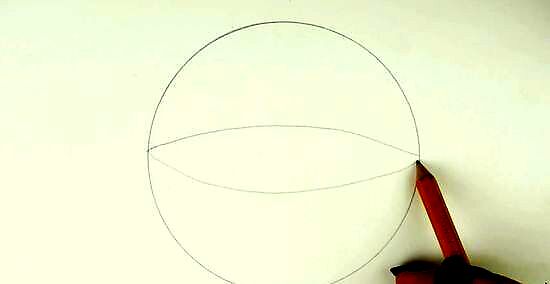
Draw a curved line across a circle to create a 3-dimensional sphere. You can make the line curve up or down in the center of the circle to suggest the viewer is looking at the sphere from below or above. Curve the line as far up or down as you want, keeping in mind that a shallow curve gives you a side-view perspective. If you'd like to show even more 3-dimensional detail, draw a dotted or dashed line that curves across the circle in the opposite direction of your line. The dotted line implies that you're looking behind the sphere.
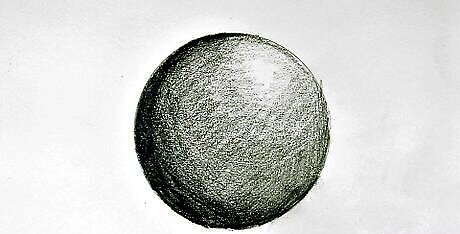
Apply heavy pressure to shade a sliver of the sphere's side and bottom. Determine where light hits your sphere and begin shading along the opposite side of the sphere where the shadow would fall. Then, apply a little less pressure as you shade in the curved center of the sphere. Use a light touch to shade just a little where the light would hit the sphere. For example, if light hits the top right of the sphere, press firmly along the bottom left portion of the sphere to make a shaded crescent. If there is a single light source, there will be a highlight inside of the lighter part of the sphere that you should keep white. Note that the darkest dark is not all the way to the edge, but in the middle of the shaded side of the sphere. That is because the sphere is round, and as it turns back towards the light, it picks up some of the reflected light again and gets lighter. To make light shading, turn your pencil on its side.
Sketching a 3D Cube
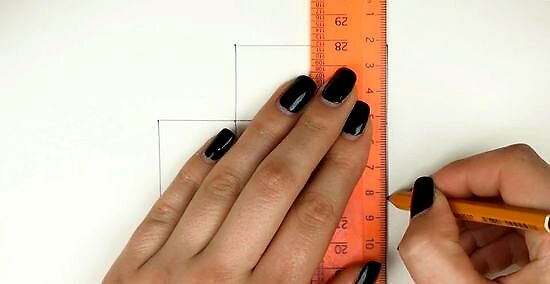
Draw 2 overlapping squares that are the same size. Make a simple square that's any size you like. Then, place your pencil in the center of the square and sketch another square from this point so you have 2 squares that overlap slightly. It's important to make the squares the same size or they won't form a cube when you connect them.
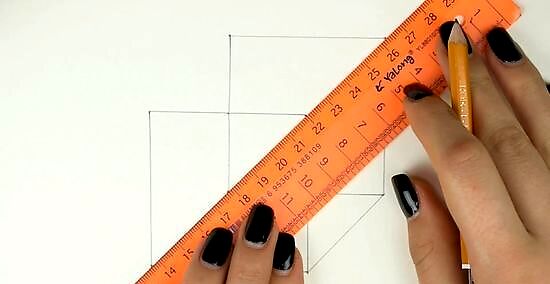
Make straight lines that connect the corners of the squares. Draw a straight line from 1 corner of a square to the matching corner of the other square. Repeat this for each corner to create a cube.Tip: If you don't want all the lines to be visible, erase the 3 connecting lines that are in the center of the square that's closest to you. Make the straight lines connecting each corner parallel to make the cube realistic.
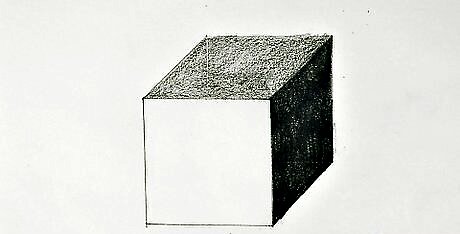
Shade 1 side of the cube dark and use light pressure to shade the other sides. Since 1 side of the cube will be blocked from a light source, shade it in heavily so it's noticeably dark. Then, apply medium or light pressure to shade the top of the box and the other visible side of the cube. To make the cube even more realistic, draw a square-shaped shadow coming from the dark side of the cube.
Making a 3D Cone
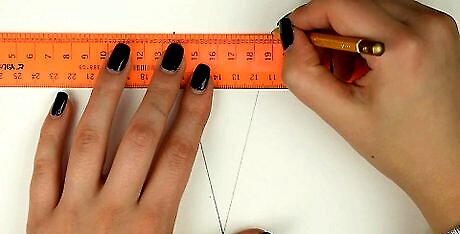
Sketch a V shape using a pen or pencil. If you can draw a triangle, you can easily make a cone. Draw a V shape or sketch it upside down as though you're starting to draw a triangle without its base. Make the V shape as large as you'd like the cone to be.

Draw an oval at the base of the V shape. Lightly sketch an oval shape that connects the 2 widest points of the V shape. This seals off the shape to create a 3-dimensional cone.Tip: If you're making an upside-down V shape, you could shade in a shadow from the bottom of 1 side.

Darken 1 side of the cone and gradually shade to the opposite side. Rub the tip of your pencil back and forth along 1 side of the cone until it's heavily shaded. Apply a little less pressure as you shade towards the middle of the cone and use a light touch on the opposite side. Add a little more shading along the bottom of the cone near the darker side of the cone.
Drawing a 3D Pyramid
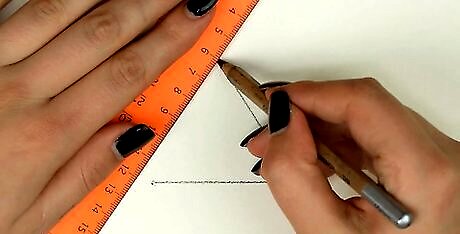
Make an equilateral triangle. Take a pencil and draw a triangle that has equal sides. An equilateral triangle also has 3 equal angles since the sides are the same length. If it helps, trace an equilateral triangle or use a ruler so you get exact measurements.
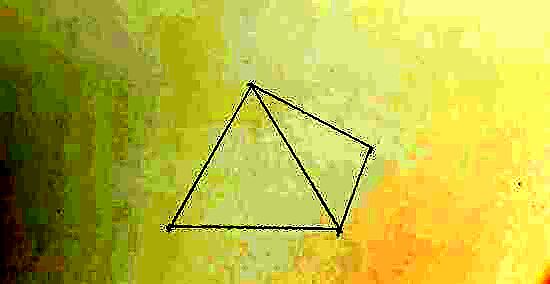
Sketch another triangle coming from 1 side of your equilateral triangle. Place your pencil at the top of the equilateral triangle and make a straight line that comes down towards the side of the first triangle, but don't let it reach as far as the bottom of the first pyramid. Then, draw a straight line connecting the bottom of this line with the corner of the first pyramid.Tip: If you'd like to show the view inside the pyramid, draw a square using a dashed line along the base of the triangle. Make another dashed line from the back corner of the square to the top of the pyramid. Make the top angle of the side pyramid between 20 and 40 degrees so your pyramid doesn't look unbalanced.
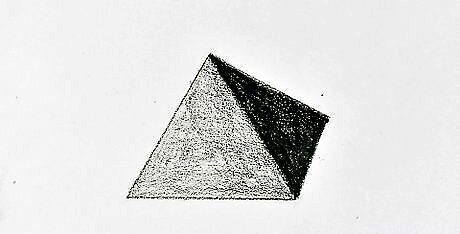
Shade in 1 side of the pyramid and leave the other side lighter. Decide where the light is hitting your pyramid and shade the opposite side until it's dark. For example, if the light is hitting the side of the pyramid, shade in the front so it looks like it's in shadow. If you'd like to include a shadow, shade in a triangular shape coming from the bottom of the pyramid.
Sketching a 3D Triangular Prism
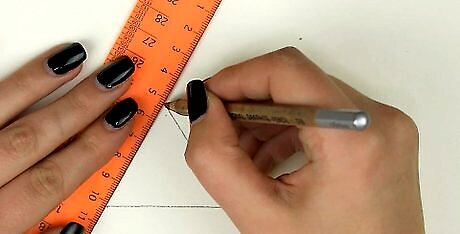
Draw a triangle to make the front of the prism. You can make the triangle any size you like. Consider making it large until you become comfortable with drawing prisms. Then, you can try making tiny triangular prisms. You can make any type of triangle you like. Make an equilateral, isosceles, or a right triangle, for instance.
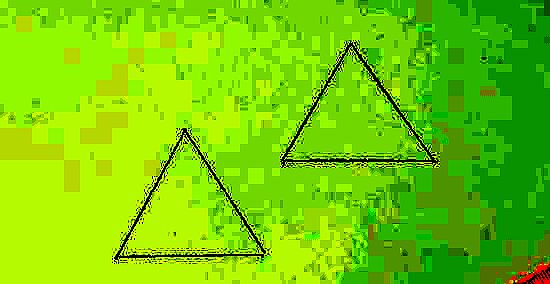
Create another triangle that's the same size as the first triangle. Place this identical triangle where you want the prism to end. This triangle makes the back face of the prism. Ensure that the triangles aren't touching or it will be difficult to draw the remaining lines for the prism.
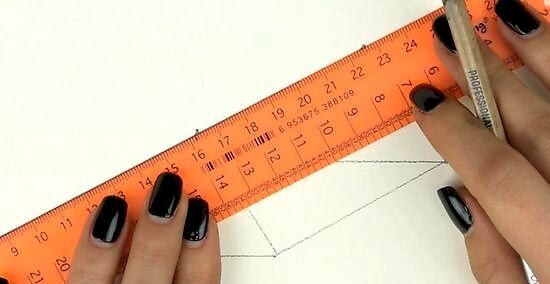
Draw straight lines to connect each of the front triangle points with the back points. Place your pencil on the top of the front triangle and draw a straight line to the top of the back triangle. Repeat this for the other 2 points of each triangle to create a prism.Tip: If you'd like the triangular prism to appear opaque, erase the center lines of the prism.

Shade in 1 side of the triangular prism. Think about how the light is hitting the prism and shade in the other side of the prism until it's dark. For example, if light is hitting the side of the prism, make the front face dark. If you'd like the light to hit the front of the prism, heavily shade in the side.
















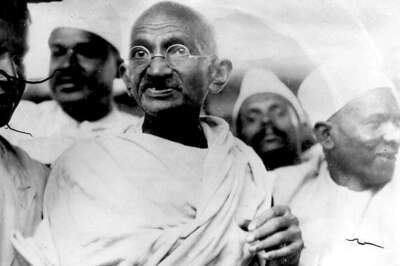


Comments
0 comment